
Zion National Park Photo Amphibian is derived from the Ancient Greek term “amphibios” which means both kinds of life. It refers to animals that live both in the water and on land. Amphibians were the first vertebrates to leave the water and begin a new era of life on land. Amphibians began evolving during the age of dinosaurs, but diversified during the late Paleozoic or Carboniferous Period (354-290 million years ago). Zion National Park is home to 6 species of frogs and toads, and one salamander. All of Zion’s frogs and toads hibernate for the winter months and all of them must return to water in order to breed. In the springtime, warmer temperatures, rain and snowmelt create the right conditions for frogs and toads to begin emerging. Zion’s amphibian habitats include: grasslands, sandy shrub lands, marshes, meadows, pools, ponds, streams, rivers, and forest. Frogs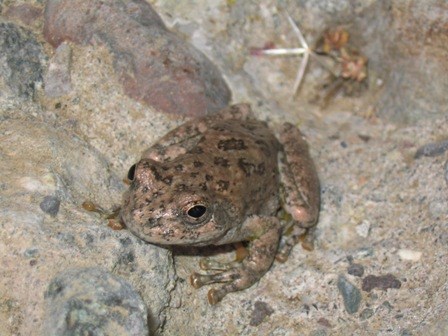
Canyon Treefrog(Hyla arenicolor) This frog is plump and warty, with a toad like appearance. It has olive to brownish-grey skin with darker blotches present in most populations. A very distinctive feature of this frog is what appears like suction discs on each toe. Primarily nocturnal; often seen along water course. During the day it can be found hiding among rocks or in stony crevices near streams, camouflaged by its color. 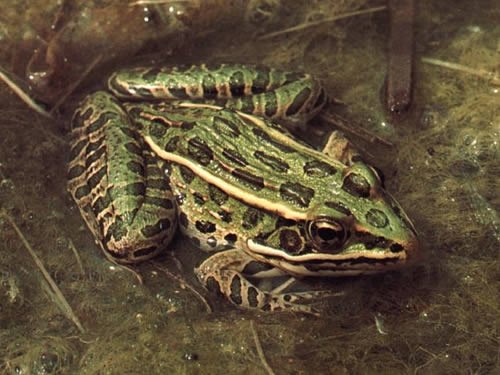
Northern Leopard Frog(Rana pipiens) Toads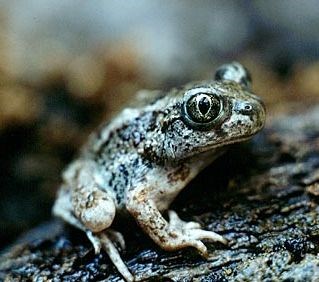
Great Basin Spadefoot Toad(Spea intermontana) Where does the name come from? A distinctive feature of the toad is the small, black “spade” on the first toe of each hind foot. The hardened tissue helps them dig to find shelter. 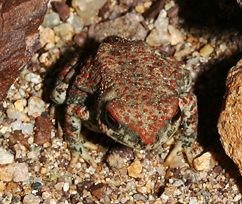
Red-spotted Toad(Bufo punctactus) 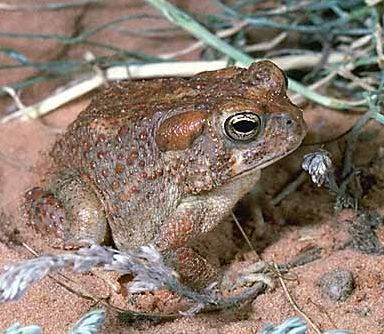
Arizona Toad - subspecies of the Southwestern Toad(Anaxyrus microscaphus) This is a medium-sized plump toad, olive to brown to pink, with or without dark spots. Usually has light stripe or patch on head and back. Parotoid glands are oval, and widely separated. It is a nocturnal toad that hops around. They prefer moving water, and have been found in Coal Pits Wash, Pine Creek, Oak Creek, and other side canyons in Zion up to 6000 feet in elevation. 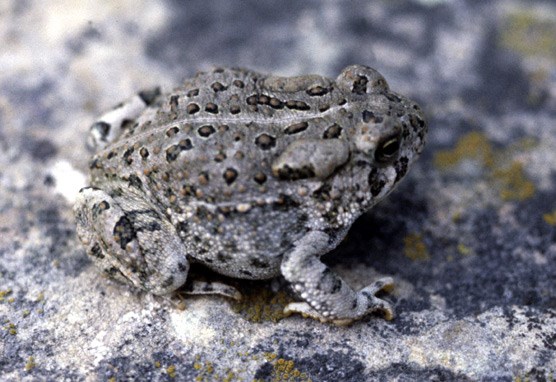
Woodhouse's Toad(Bufo woodhousii) Salamander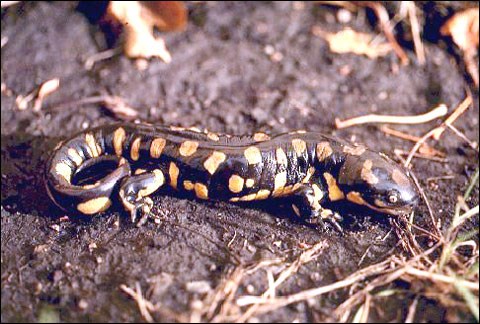
Tiger Salamander(Ambystoma tigrinum)
Print out your copy of the Zion Reptile and Amphibians List (PDF 0.5 MB)
Links of InterestAmphibians & Reptiles Subject Page
|
Last updated: September 28, 2021
